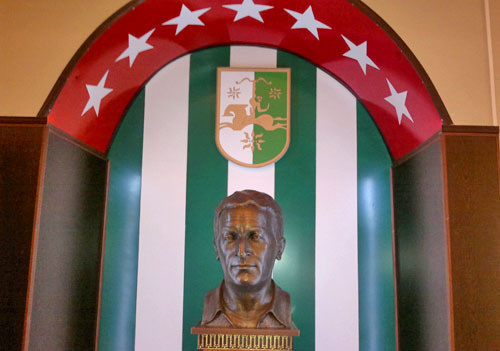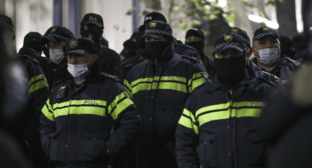
05 November 2014, 15:31
In Sukhumi, participants of "Kunaki" Festival call Wild Division an example of Caucasians' integration into Russia
The participants of the Eighth Festival of Documentary Films and Author's TV Programmes of Northern Caucasus "Kunaki" (Friends), which is held in Abkhazia, have discussed at a roundtable the participation of natives of Northern and Southern Caucasus in World War I as soldiers of the so-called "Wild Division". They treated it as an example of integration of population of the Caucasus into the Russian Empire. On November 2, the "Kunaki" Festival was for the first time opened in Abkhazia.
The Caucasian Native Cavalry Division, one of the units of the Russian Imperial Army, was formed on August 23, 1914, and consisted by 90 percent of volunteers-Muslims – natives of Northern and Southern Caucasus, who, under the legislation of the Russian Empire, were not subject to conscription.
According to Naima Neflyasheva, a candidate of history, a senior fellow-researcher at the Centre for Civilizational and Regional Studies and an author of a blog on the "Caucasian Knot" named "Northern Caucasus through Centuries", during the war about 7000 mountaineers took their service in the Wild Division. According to the Abkhazian historian Ruslan Guazhba, soldiers of the "Abkhazia hundred" – one of the four units of the Circassian Cavalry Regiment of the Wild Division, "demonstrated miracles of heroism" during the WW I.
It is time to make a series of films about the Wild Division, said Sulieta Kusova, the president of the "Kunaki" Festival and the head of the Centre for Ethnic Problems in Media of the Russia's Union of Journalists.
Full text of the article is available on the Russian page of 24/7 Internet agency ‘Caucasian Knot’.
Author: Lyubov Cheuzh, Yelena Vekua Source: CK correspondents




